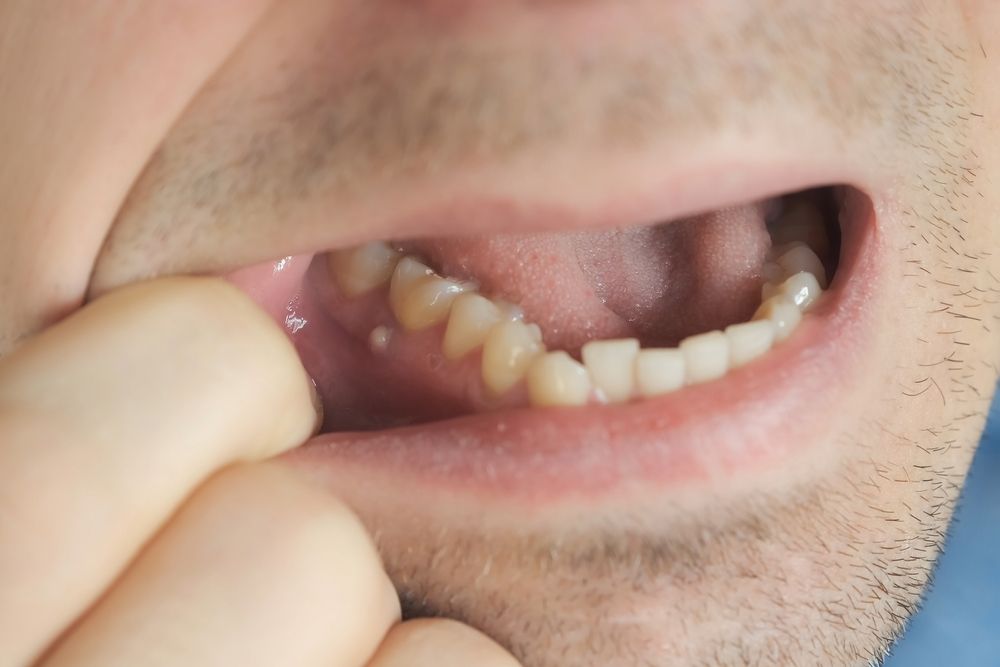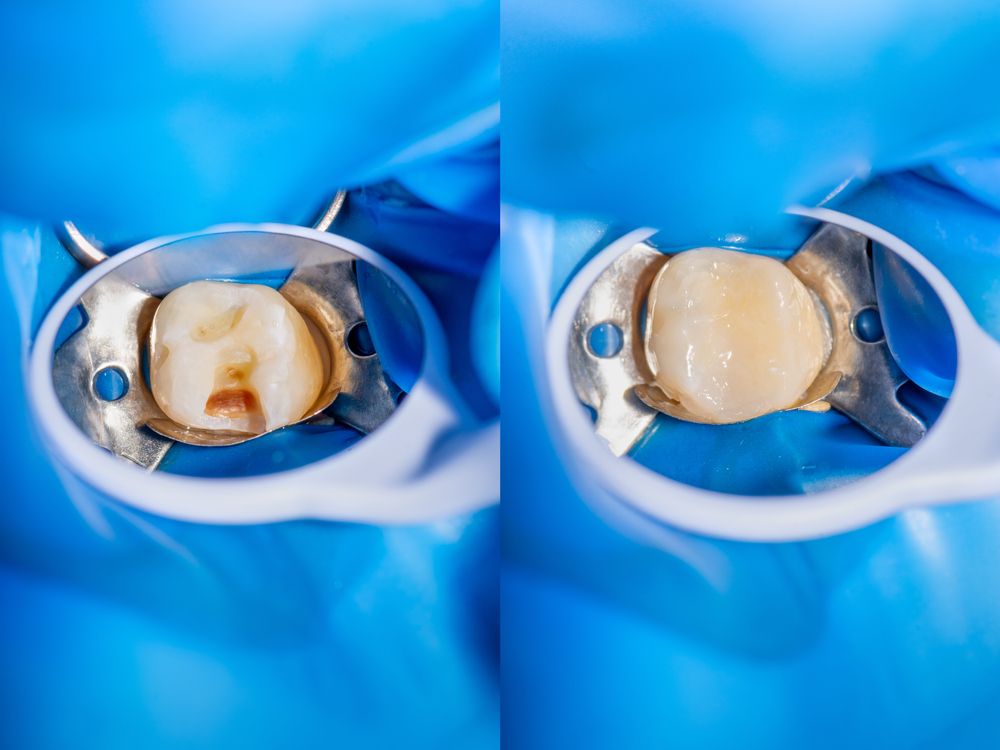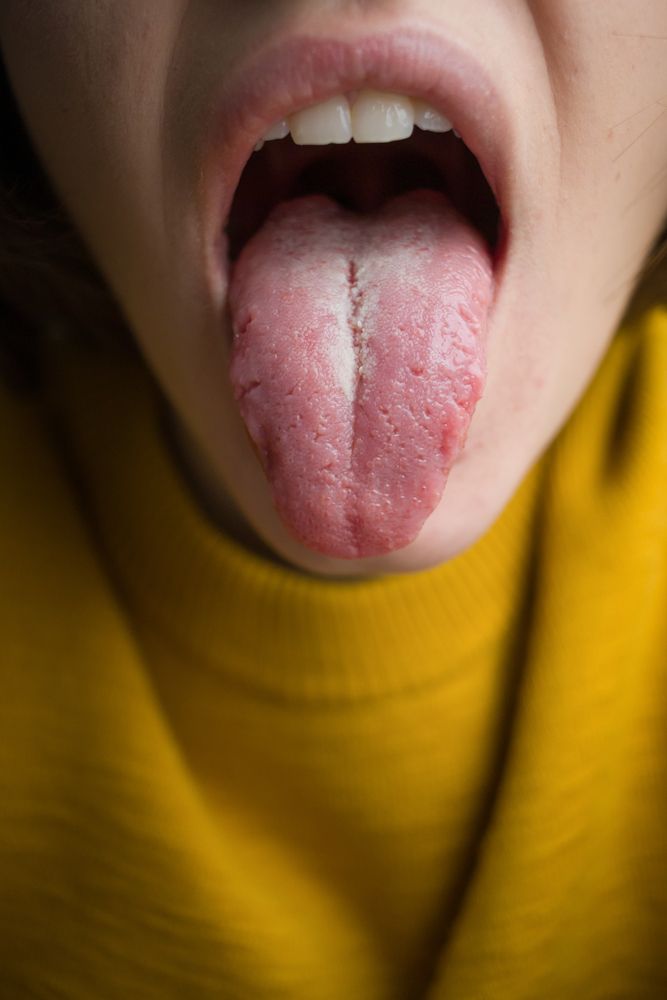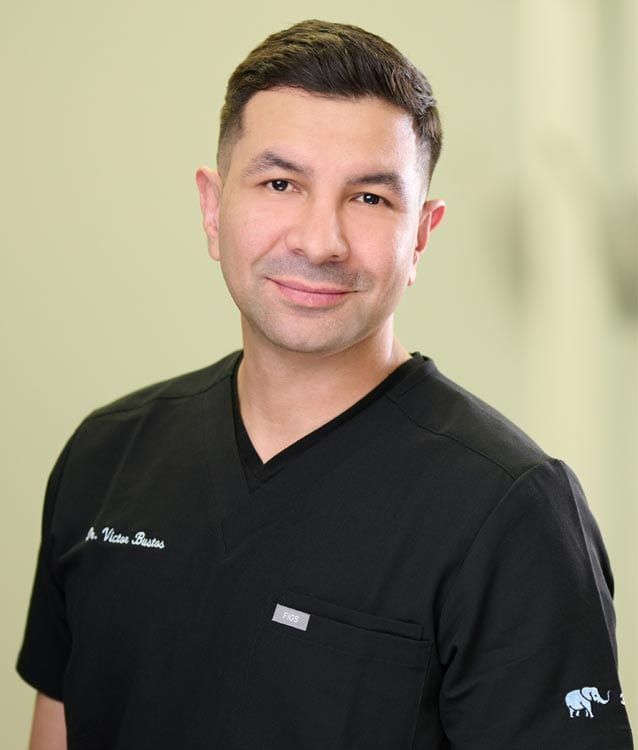If you follow your dentist’s guidelines, then you use toothpaste twice a day when you brush your teeth. Since brushing your teeth is a routine for most people, you likely don’t even think about toothpaste. Although you may not find toothpaste to be the most exciting thing in the world, there are still plenty of interesting things about toothpaste that you probably don’t know. Here are a few interesting facts:

The first “toothpaste” was made in 5000 BC. During this time, the Ancient Egyptians used ashes made from a burning mixture of ox hooves, myrrh, powdered eggshells, and pumice. The mixture was more of a tooth powder than a paste, nevertheless, the Egyptians used it to clean the surface of their teeth.
Tooth powder was popular for a long period of time before toothpaste was invented. In fact, tooth powder was used throughout the 19th century. It wasn’t until the turn of the century that toothpaste became more popular than tooth powder. However some places, like India, still use tooth powder.
Not all toothpastes contain fluoride. Fluoride is an additive used to strengthen the tooth enamel in order to prevent tooth decay. It also has antimicrobial properties which helps to reduce the likelihood of developing gum disease as well. However, to find a toothpaste that contains fluoride, look for toothpaste that has the ADA Seal of Acceptance.

Toothpaste is composed of 20-42% water. Other components of toothpaste include: a mild abrasive to remove stains and debris, humectants to retain moisture, non-caloric sweeteners for flavor, thickening agents to stabilize the paste, and detergents to make the paste foam and spread over the teeth.
The abrasives in toothpaste work with your toothbrush to remove debris and stains from the teeth. There are different types of abrasives used in toothpaste, including: calcium carbonate, hydrated aluminum oxides, dehydrated silica gels, magnesium carbonate, phosphate salts, and silicates.
Toothpaste does not contain sugar. Despite the fact that toothpaste can come in a variety of flavors, none of these flavors are produced with the use of sugar. Instead, sweetening agents like saccharin or sorbitol are used to give toothpaste its flavor.
There are specialized toothpastes that contain additional ingredients for specific purposes. For example, whitening toothpaste may contain hydrogen and carbamide peroxides in order to reduce intrinsic staining, as well as to remove external stains. Desensitizing toothpaste is another specialized toothpaste that uses ingredients such as potassium nitrate or strontium chloride to reduce tooth sensitivity. Some toothpaste offers additional tartar protection by using pyrophosphates or zinc citrate to prevent the accumulation of tartar.
All toothpastes are assigned a “relative dentin abrasivity” (RDA) value. This number represents how abrasive the toothpaste is to the tooth enamel. For example, brushing with water has an RDA score of 4 and brushing with baking soda has an RDA score of 7. An RDA score of 0-70 is considered to be low abrasive, 70-100 is medium abrasive, 100-150 is highly abrasive, and 150-250 is considered harmfully abrasive. The American Dental Association only places acceptance seals on toothpastes that have an RDA score of 250 or less.

Dr. Victor Bustos graduated from Florida International University with an undergraduate degree in Chemistry and Biology and then continued on to obtain his DMD from the University of Florida College of Dentistry. He strives to always stay current on the newest techniques and continuously attends dental continuing education courses and workshops to further his knowledge and hone his skills. Dr Bustos’ greatest satisfaction comes from helping patients achieve their dental goals.






